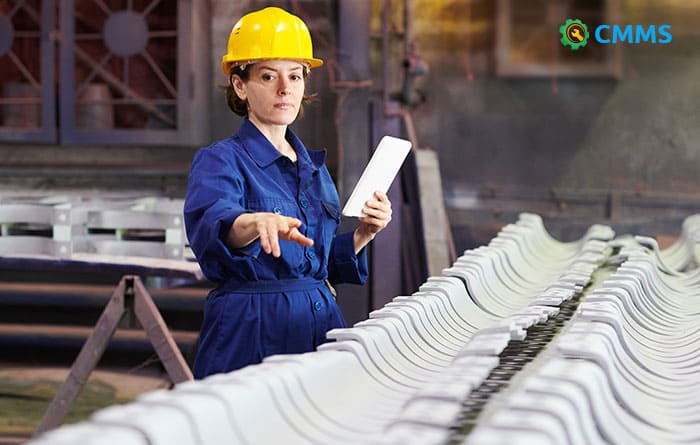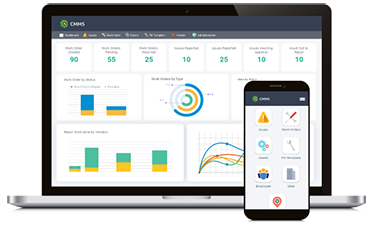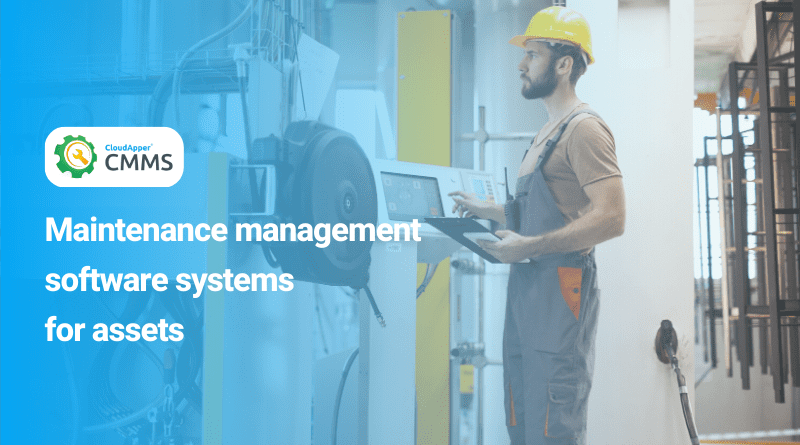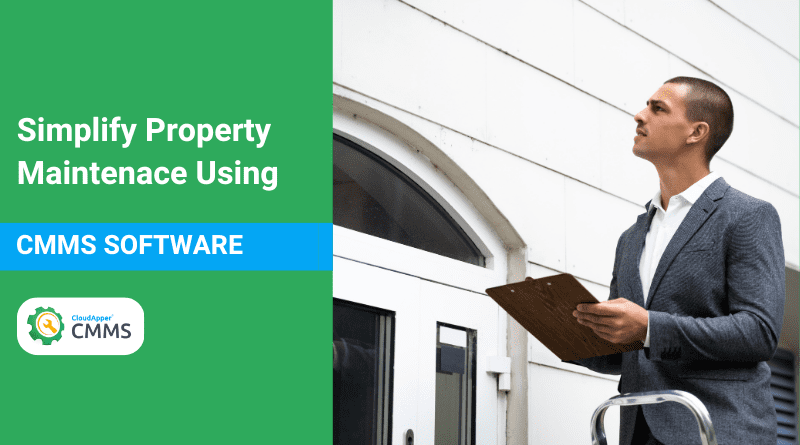Any maintenance that is organized, documented, and scheduled before asset or equipment failure occurs is known as planned maintenance. A simple way to put it is that planned maintenance is proactive rather than reactive. That means maintenance that is scheduled in response to an equipment breakdown is not considered planned maintenance. The underlying importance of planned maintenance is that it reduces your maintenance costs, equipment downtime, and yields a better return on investment. We will provide more details on the importance of planned maintenance later on.
Note that, facility managers or manufacturers often use the terms planned and preventative maintenance interchangeably. A more accurate term would be routine maintenance.
Equipment in your facilities will eventually wear out at some point. The goal of planned maintenance is to keep your equipment up and running efficiently, for as long as possible.
Although you can use an old fashioned printed calendar system, a computerized maintenance management system (CMMS) offers a better way to manage planned maintenance. With a well-designed schedule of planned maintenance tasks, you can prevent costly delays resulting from defective equipment.
Let’s take a look at the importance of planned maintenance and what should be on your typical schedule list.
Planned Maintenance Schedule Priorities
No manufacturing companies will have the same schedule because each uses different sets of equipment. For example, furniture manufacturers may have things like changing grease filters on woodcutter equipment as part of their maintenance schedule, while an automotive manufacturer may need replacement parts, run diagnostics on robotic equipment, and change air and paint filters in industrial settings.
Here are some common items you should include in your planned maintenance schedule:
- Filters – This includes office water filters, air filters, air-conditioning filters, paint filtration filters, etc.
- Belts – This involves changing belts on conveyors and other equipment. Belts should be checked regularly for signs of wear and changed before they malfunction.
- HVAC maintenance – This is one of the most common maintenance items. Heating and air conditioning systems should be frequently checked to ensure that healthy air flows throughout the facilities.
- Compressors – Compressors should be frequently checked to make sure that there is no leak or signs of wear that can lead to safety hazards.
- Instrument calibration – Delicate instruments may require re-calibration after a certain number of uses.
- Changing lights and cleaning – Light fixtures can get dirty and can affect lighting reaching production areas. Bulbs that are about to burn out need to be replaced to make sure there is enough light in the production or distribution areas.
- Vehicle maintenance – Businesses that maintain a fleet of vehicles can make use of CMMS to plan maintenance on inspections, tire rotation, and oil changes to ensure they are conducted on a recurring basis.
These are some of the items you should consider. However, you may have different needs. You can use CMMS to set up a schedule that’s right for your business.
The importance of planned maintenance
Here are a few reasons why planned maintenance is important:
- Saves costs due to efficient usage of labor hours
- Increases production yield from faster job executions
- Reduces injuries and stress from a better working environment and workflow
- Improves production quality
- Increases labor productivity
- Extends the lifespan of your equipment
- Enables better management of inventory, and hence, improves budget control
- Allows you to get a complete overview of ongoing maintenance tasks over multiple facilities
How to get started?
It’s high time you replace inefficient, paper-based systems, or spreadsheets for tracking information with our robust computerized maintenance management system (CMMS). CloudApper’s CMMS is a cloud-based solution that is 100% customizable and can be adapted to your specific business needs.
We are here to help businesses reduce their administrative burden and become more efficient. All you need to do is just get in touch with us today, and find out how we can help you maximize your ROI.
What is CloudApper AI Platform?
CloudApper AI is an advanced platform that enables organizations to integrate AI into their existing enterprise systems effortlessly, without the need for technical expertise, costly development, or upgrading the underlying infrastructure. By transforming legacy systems into AI-capable solutions, CloudApper allows companies to harness the power of Generative AI quickly and efficiently. This approach has been successfully implemented with leading systems like UKG, Workday, Oracle, Paradox, Amazon AWS Bedrock and can be applied across various industries, helping businesses enhance productivity, automate processes, and gain deeper insights without the usual complexities. With CloudApper AI, you can start experiencing the transformative benefits of AI today. Learn More

















